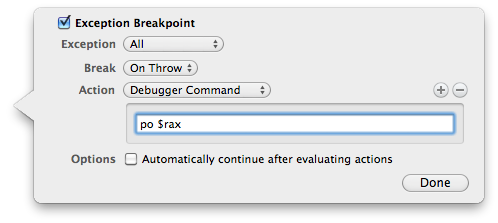

These activities may result in an increase of contaminant concentrations, threatening local wildlife including sea turtles. Port Curtis, a major shipping port, has undergone significant expansion in the last decade, with plans for further development into the future. In addition, 54.3% of the tracklets with lower ds are selected and renamed as the Easy group, while 27.2% and 18.5% of the tracklets are grouped into the Medium-ds group and the Hard-ds group, respectively. Finally, a revised multi-level dataset based on wpafb videos is generated and quantitatively evaluated for future development in the satellite video-based tracking area. Furthermore, popular visual tracking benchmarks and their respective properties are discussed. The essential aspects of each tracking target are summarized, such as the tracking architecture, the fundamental characteristics, primary motivations, and contributions. Thus, this survey systematically investigates current satellite video-based tracking approaches and benchmark datasets, focusing on five typical tracking applications: traffic target tracking, ship tracking, typhoon tracking, fire tracking, and ice motion tracking. However, satellite video-based target tracking is a challenging research topic in remote sensing due to its relatively low spatial and temporal resolution. The development of on-board optical and communication systems has enabled the various applications of satellite image sequences. Video satellites have recently become an attractive method of Earth observation, providing consecutive images of the Earth’s surface for continuous monitoring of specific events.

This study highlights the importance of evaluating clear objectives when sampling animals for satellite telemetry studies to obtain representation of sites, periods of interest, or age and sex cohorts. Although this dataset represents an atypically large sample of satellite tracked individuals, representative data were obtained at only two key sites. Only 16 individuals (22% of tracked turtles) performed significant range shifts, indicating that occupied areas represent important habitats, and most turtles are unlikely to adjust their space‐use in response to anthropogenic or natural disturbances.

Range size was significantly different between microhabitats and study years. Green turtles exhibited spatially confined ranges and remained faithful to their foraging area for periods of up to 260 days. Mechanistic range shift analysis was applied to detect significant deviations from range residency behaviour. Percentage overlap between pairs of seasonal utilization distributions was calculated as a measure of short‐term site fidelity. An autocorrelated kernel density estimator was used to construct 95% utilization distributions for individual turtles during each calendar season. This study aims to determine the minimum number of satellite‐tracked green turtles required to represent spatial distribution patterns in the foraging ground and to evaluate factors underpinning differences in distribution and site fidelity metrics to inform appropriate management strategies. Satellite tracks for 72 green turtles were consolidated through collaboration with multiple entities over 8 years at seven sites within a large industrial port contributing to an ecological monitoring initiative to minimize impacts of planned developments. Satellite telemetry can provide such detailed data however, the cost of tracking units places a significant limitation on sample size. To manage these, an understanding of animal space‐use patterns, with sufficient temporal and spatial detail is required. Increasing overlap between anthropogenic activities and wildlife can lead to problematic human–wildlife interactions.


 0 kommentar(er)
0 kommentar(er)
